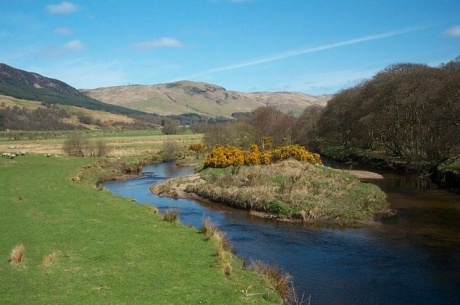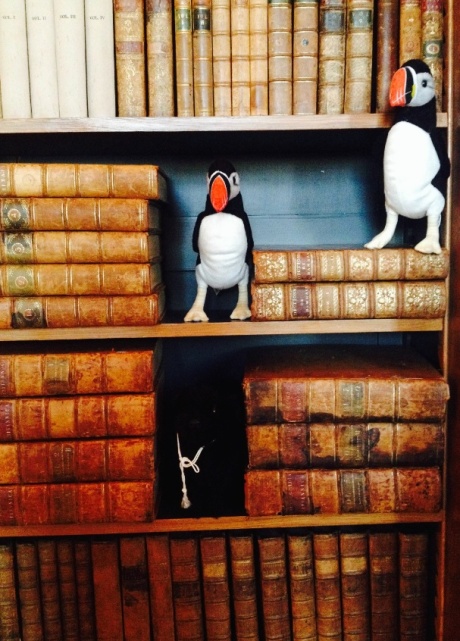
There are not many places you can visit in Scotland that still feel like time has stood still. The little village of Culross (pronounced ‘koo-rus’) in the Kingdom of Fife is one such place, with narrow cobbled streets and charming 17th-century cottages nestled into a steep hillside by the Firth of Forth. At 5’4″ (163 cm) I felt like a giant next to the tiny front doors, and I had to fight the urge to peer into windows to catch a glimpse of history. In this town peering would be very rude, as real people live in these houses, which have been carefully restored by the National Trust for Scotland.

The ‘jewel in the crown’ of this historic port town is Culross Palace, a mansion complex built by wealthy coal and salt merchant Sir George Bruce. The first house was completed in 1597, and when Sir George needed more space to accommodate all his important visitors he built the north wing (above) in 1611.
Sir George Bruce was Laird of Carnock, and he made his fortune first in salt production (which involved boiling salt water in large, shallow pans to evaporate the water) and later in coal mining. He was trained as an engineer and in 1595 he established the first coal mine in the world to extend under the sea with a tunnel deep under the Firth of Forth. Sir George exported coal and salt by sea to other ports on the Forth, and to Dutch and Swedish ports as well. His ships returned with Dutch ceramic roof and floor tiles and window glass as ballast, and these were used in the construction of Culross Palace.

Thanks to much painstaking restoration of the interiors, visitors can get a real sense of what life was like in the 17th century for a wealthy Scottish merchant and his family. There is wood panelling in every room, with decorative murals adorning some ceilings and walls. Because these rooms are so well preserved, several episodes of the popular television series Outlander have been filmed here.

In the first series, the town is known as Cranesmuir and the Mercat Cross above (minus the modern cars) is the scene of a 17th-century witch trial. There are so many beautifully preserved buildings that I’m sure very few changes were required for filming.


The Culross Town House above served originally as a court house and prison. Today it houses an exhibition gallery and gift shop. In the foreground of this photo you can see a stone plinth and a wooden post. These mark the spot where merchants brought their produce to be weighed at the Tron, the official burgh weighbeam as shown in the artist’s drawing below. You can see the Town House still under construction in 1625. The clock tower it has today was added some years later.
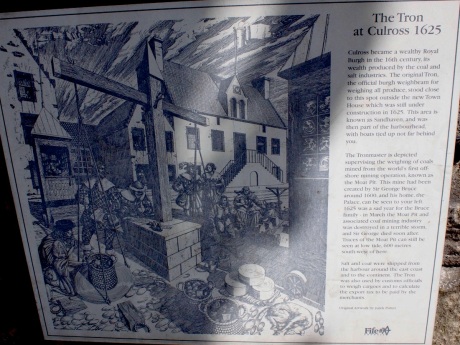
Culross and its distinctive ochre-coloured palace are impressive enough, but even more surprising is the terraced garden that extends up the steep hill behind. This has been planted with flowers, fruit and vegetables that would have been grown in the 17th century.


Thanks to a long, hot summer this year, the garden is flourishing! There are shady bowers, wooden seating, stone walls and crushed seashell paths. From the top level, visitors have a stunning view across the Firth of Forth.



A small orchard has not only fruit trees but also a collection of Scots Dumpy chickens. Apparently these supply eggs for the palace cafe, where we stopped for lunch. And like everything else in this magical place, the food was outstanding!
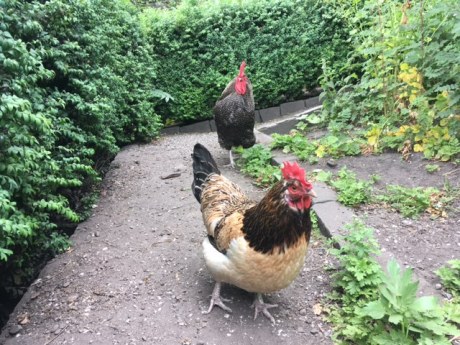
(Many thanks to Mark Rickards and Danae Apeiranthiti for the photos shown here.)














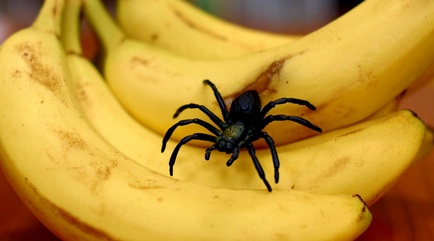
 It sounds like a pretty scary film! Here’s a link to the trailer on YouTube:
It sounds like a pretty scary film! Here’s a link to the trailer on YouTube: 
